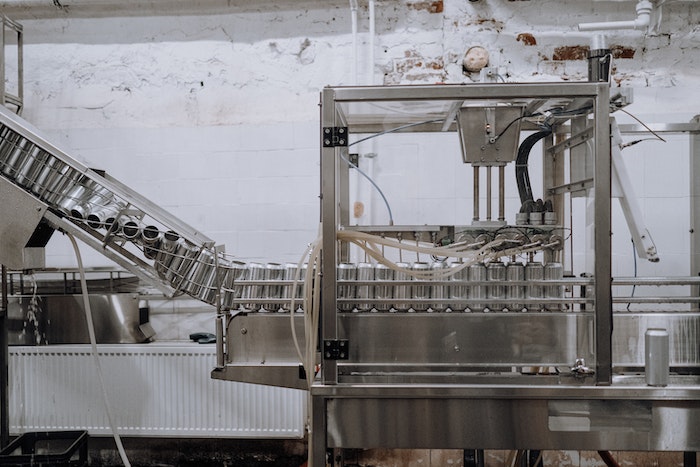Intro to Multi-Modal Manufacturing: Part 1
What is multi-modal manufacturing? Simply put, it is the use of multiple modes of manufacturing to produce a product. By using various modes concurrently, manufacturers can create products more quickly and efficiently than ever before. Today, manufacturers are increasingly adopting multi-modal manufacturing methods to meet their customers’ needs better. This shift is driven by various factors, including changing market demands and technological advances.
In the past, manufacturers only used one manufacturing mode at a time. For example, many make-to-stock or make-to-order manufacturers use a V-model process, which involves multiple raw materials producing a single finished good. In contrast, re-manufacturing and batch process manufacturers typically use an A-model process, in which a single raw material makes multiple finished goods. Now, however, they are using many concurrent modes to better compete in today’s digital world and meet the needs of consumers and business customers.
Challenges facing today’s manufacturers
Many manufacturers face critical challenges because of the rapid evolution of modern manufacturing technologies and processes. These include additive manufacturing technologies, artificial intelligence with machine learning, and other advances forcing manufacturers to reinvent their business practices and strategies continually.
In addition, recent supply chain disruptions have also impacted how manufacturers use their business systems for managing production processes. For example, many manufacturers have responded by acquiring smaller suppliers to strengthen their supply chains and gain greater control over critical manufacturing inputs.
Why use multi-modal manufacturing?
Multi-modal manufacturing offers benefits that include the ability to:
- create products more quickly and efficiently
- adapt to changing market demands
- reduce costs
- comply with regulatory standards.
This approach uses multiple manufacturing modes to provide businesses with greater flexibility and agility in responding to customer needs. Additionally, multi-modal manufacturing can help companies to reduce costs and minimize the risk of product recalls. It is becoming an increasingly popular approach to manufacturing that offers many benefits to businesses across a wide range of industries.
How ERP software can help
Manufacturers use modern ERP systems to connect commerce applications for direct-to-consumer (D2C) and online business-to-business (B2B) sales. These systems enable job shops to develop standard product lines that can help fuel growth. In addition, ERP systems provide a wide range of capabilities for different manufacturers, including inventory and warehouse management for make-to-stock companies, engineering and design features for engineer-to-order producers, and specialized applications for food, chemical, and other manufacturers with batch process requirements.
Bottom Line
A growing number of manufacturers are now adopting multi-modal manufacturing methods to meet the needs of their customers. This shift is driven by factors such as changing market demands and technological advances and supply chain disruptions that have forced many manufacturers to adapt their business practices and strategies.
Using modern ERP systems, manufacturers can develop standard product lines and provide a wide range of capabilities, including inventory and warehouse management, engineering and design features, and specialized applications for food, chemical, and other manufacturers. Ultimately, multi-modal manufacturing helps businesses remain competitive in an increasingly digital world.
If you’re looking for a modern ERP system that can help your business successfully adopt multi-modal manufacturing, consider Acumatica. Our solutions include inventory and warehouse management, engineering and design features, and specialized applications for food, chemical, and other manufacturers with batch process requirements. To learn more, book a demo today or download our free eBook here.

